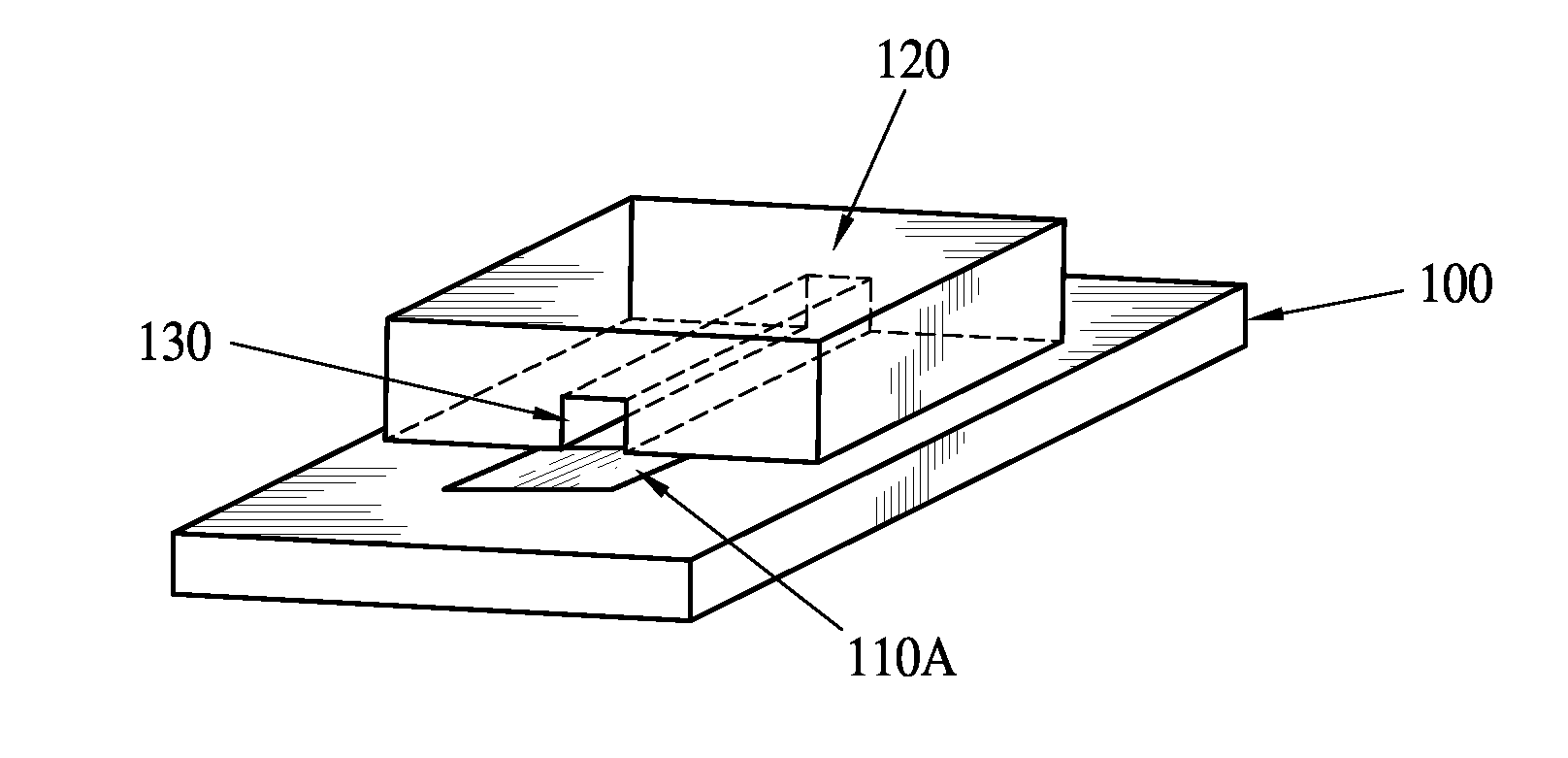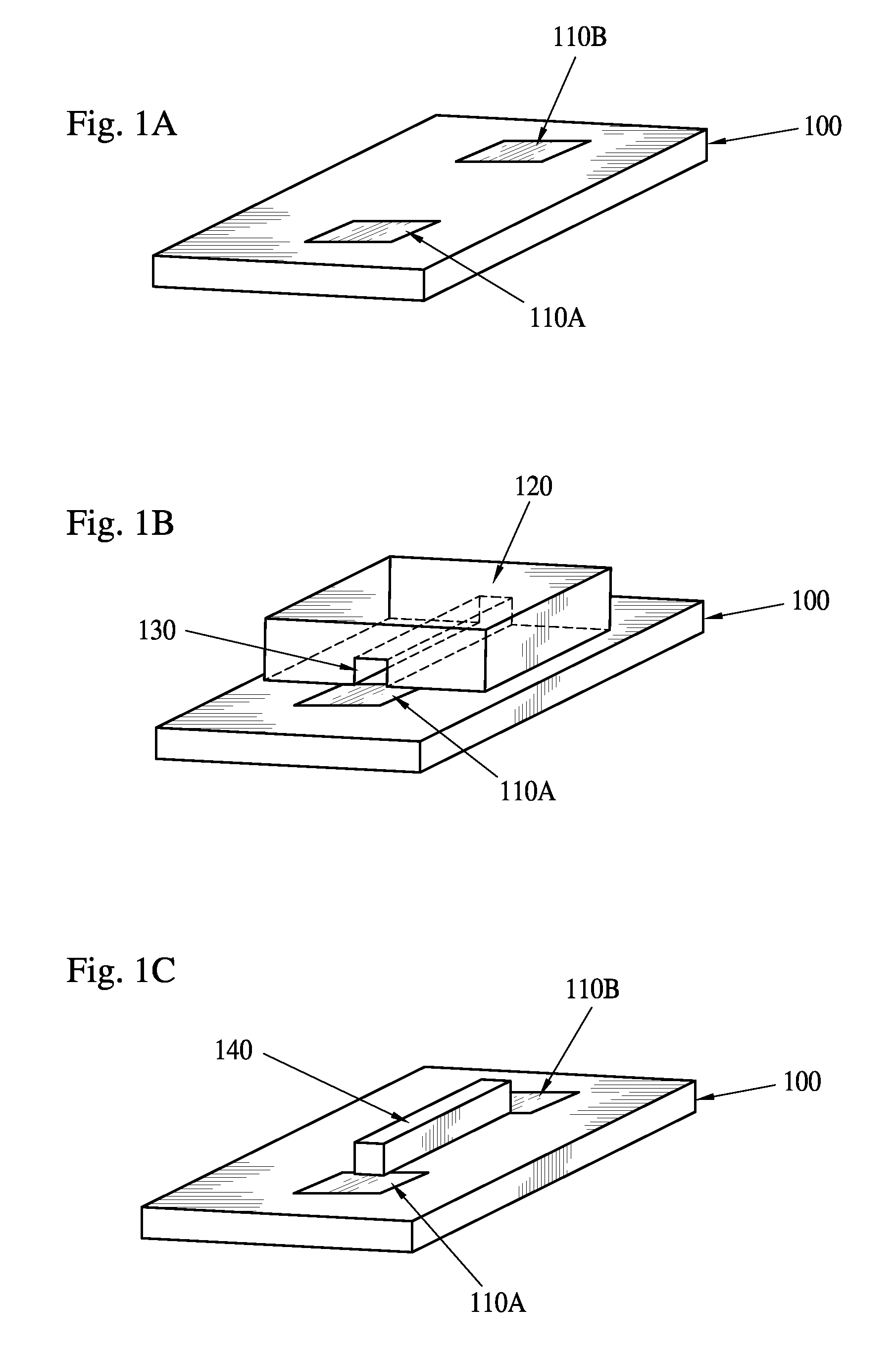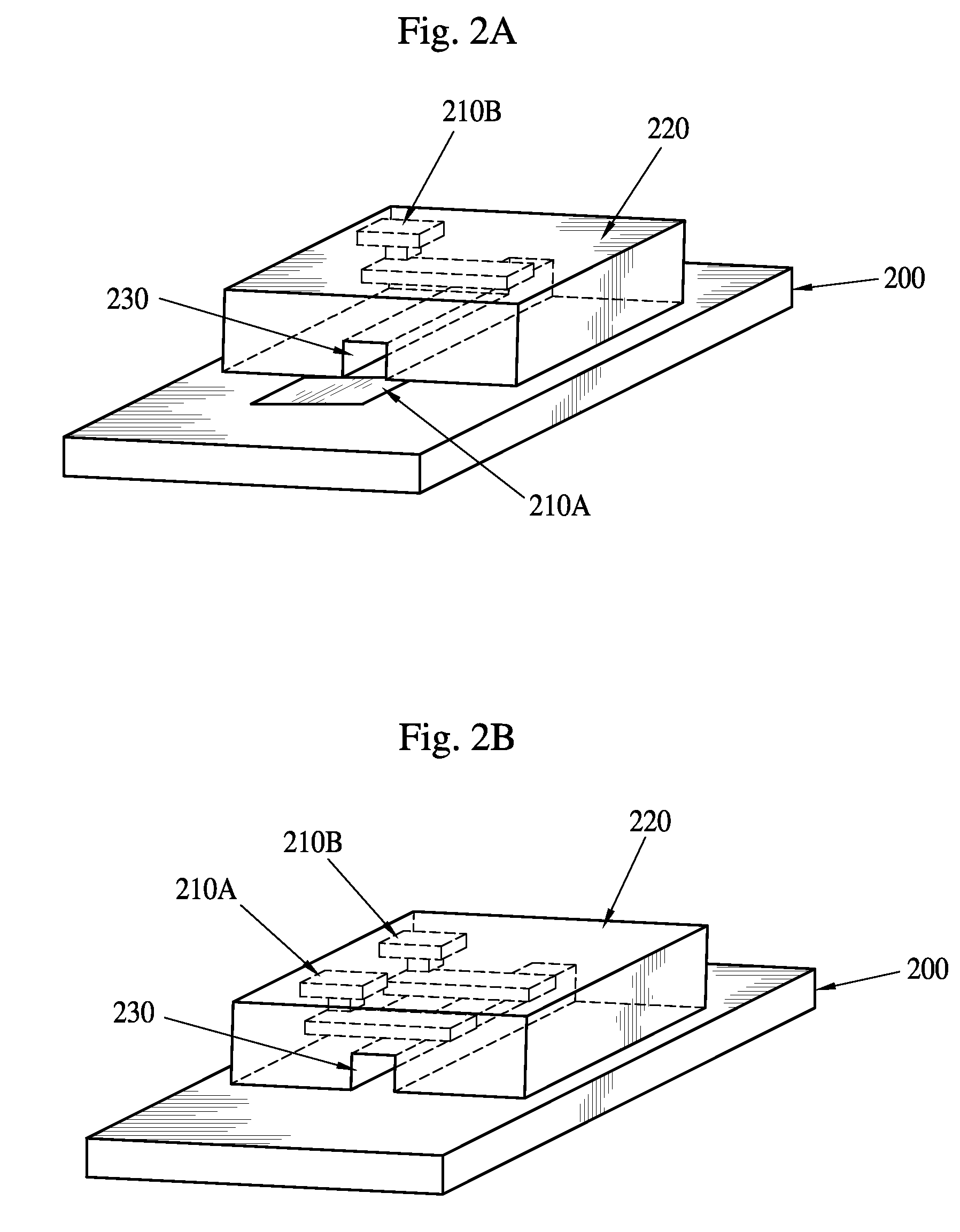System and method for positioning and synthesizing of nanostructures
a nanostructure and positioning technology, applied in the field of nanostructure formation methods, can solve the problems of many of these advantages only being possible, progress only being truly achieved, and techniques not practical
- Summary
- Abstract
- Description
- Claims
- Application Information
AI Technical Summary
Benefits of technology
Problems solved by technology
Method used
Image
Examples
example 1
Formation of a Nanoparticle Ensemble Using a Reusable Template Structure
[0047] As a demonstration of the temporary-template approach to positioning nano-structures, a single-layered polydimethylsiloxane (PDMS) reusable template structure without an electrode structure was prepared. Even though it is desirable to use the double PDMS layers, a single PDMS layer was used for the specific example since the single layer worked fine in the scale of larger than 10 um. A pattern of the template structure was defined on a gold film coated silicon wafer (the master) using standard lithography to create a mold to make a PDMS reusable template structure which had no template floor for the channels. The reusable template structure features found on the master were produced using etching. The feature dimensions were 25 μm in width, 20 μm in height, and 2 cm in length. A PDMS solution was used for casting the reusable template structure.
[0048] When PDMS is used, the reusable template structure m...
example 2
Formation of a Nano-Structure Through Electropolymerization
[0050] Polyaniline wires were grown on a silicon nitride coated silicon wafer using a steppable PDMS template and electropolymerization. The PDMS template plate, having three different channel widths (5 μm, 1 μm, and 0.5 μm), initially was positioned between two electrodes (anode and cathode) that were already formed on the substrate using dry etching, metal evaporation and lift-off. Three different widths (5 μm, 1 μm, and 0.5 μm) of nanowires were grown. These “step-and-grow” polyaniline nanowires showed conductivities of ˜10 S / cm.
[0051] In the growth step, an aniline monomer dissolved in HCl solution, preferably about 0.3 M aniline in about 0.75 M HCl, was applied to the ends of the channels in the template. The monomer was introduced via capillary action into the channel structures formed by the template and the substrate top surface. Electropolymerization was then performed using the electrodes by applying about 1V of ...
example 3
Growth of Nanowires Using an External Electrode Structure
[0052] The configuration illustrated in FIG. 3A was used to grow tin nanowires. In particular, the reusable template structure was positioned on a substrate that had four electrode structures predisposed thereon. About 5 ul of commercially available Sn plating solution (purchased from Trensene, Inc.) was applied to the side of the reusable template structure. The electrode structure positioned on the substrate (i.e. electrode structure 310A) and the external electrode (i.e. electrode structure 310B) were connected to an HP4145 using two manipulator probes in an I-V station. In this exemplary demonstration, the external electrode was consumable (i.e., it was tin). A voltage of −0.075V was applied to the electrode structure positioned within the substrate, and a nanowire was grown for approximately 5 minutes. After the growing was complete, the electrical connections were disconnected and the reusable template structure was sep...
PUM
| Property | Measurement | Unit |
|---|---|---|
| diameter | aaaaa | aaaaa |
| height | aaaaa | aaaaa |
| width | aaaaa | aaaaa |
Abstract
Description
Claims
Application Information
 Login to View More
Login to View More - R&D
- Intellectual Property
- Life Sciences
- Materials
- Tech Scout
- Unparalleled Data Quality
- Higher Quality Content
- 60% Fewer Hallucinations
Browse by: Latest US Patents, China's latest patents, Technical Efficacy Thesaurus, Application Domain, Technology Topic, Popular Technical Reports.
© 2025 PatSnap. All rights reserved.Legal|Privacy policy|Modern Slavery Act Transparency Statement|Sitemap|About US| Contact US: help@patsnap.com



